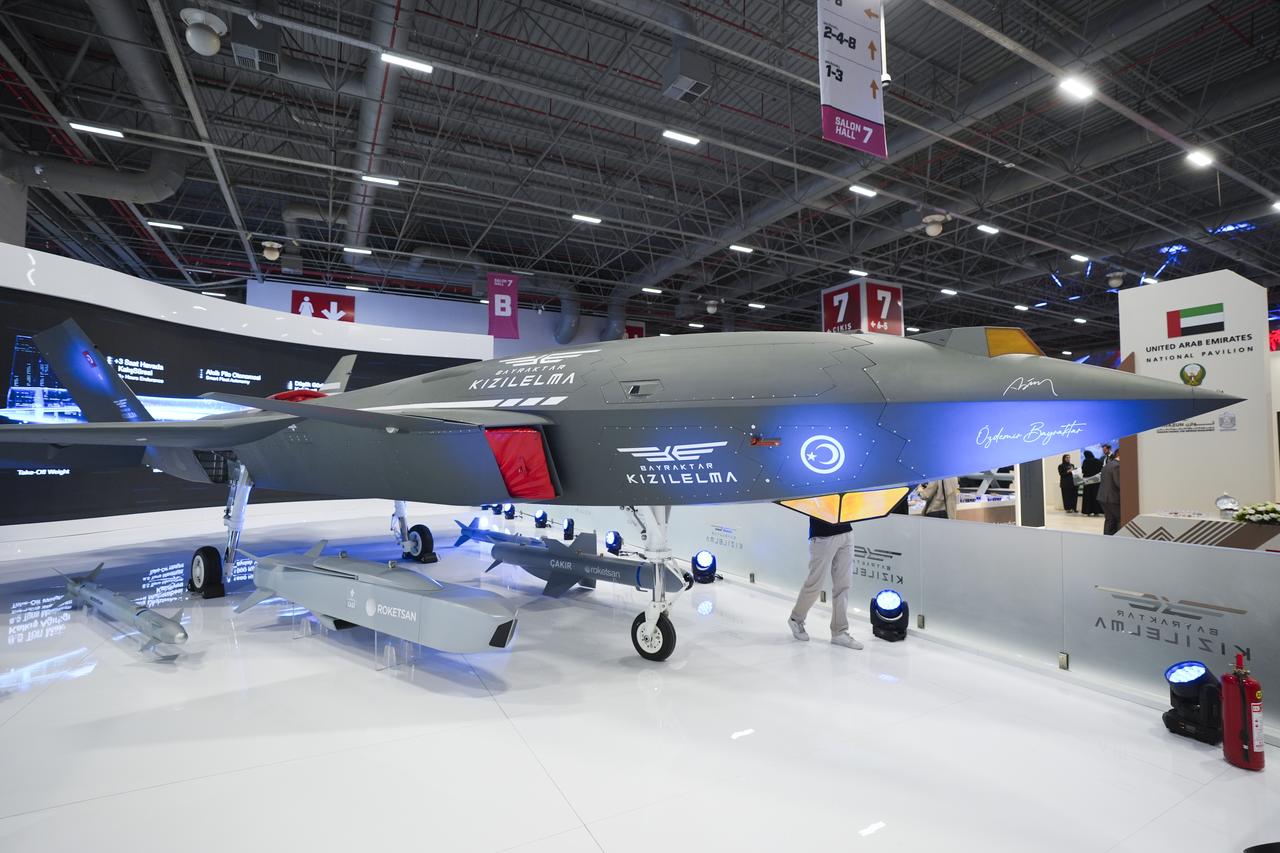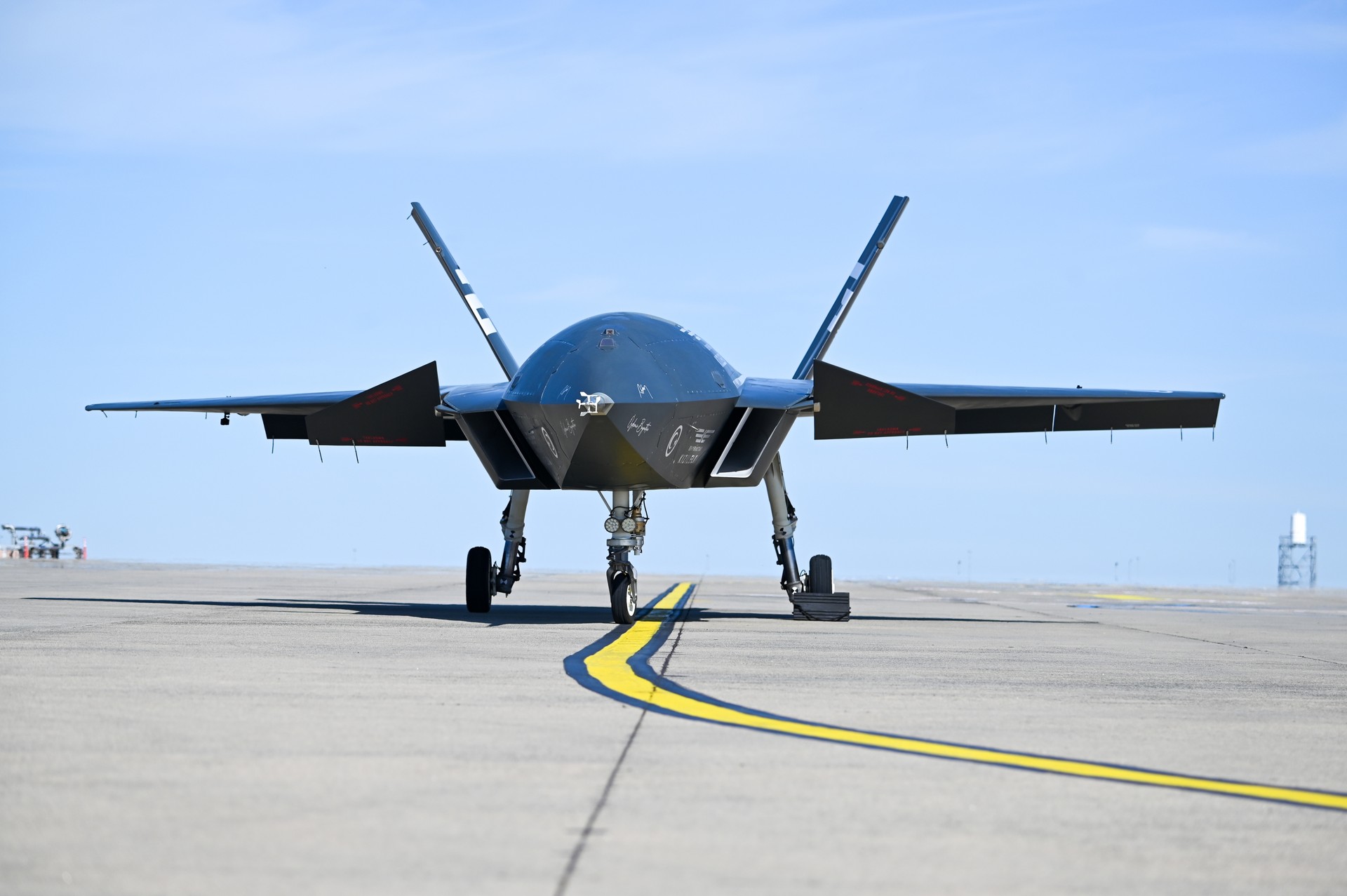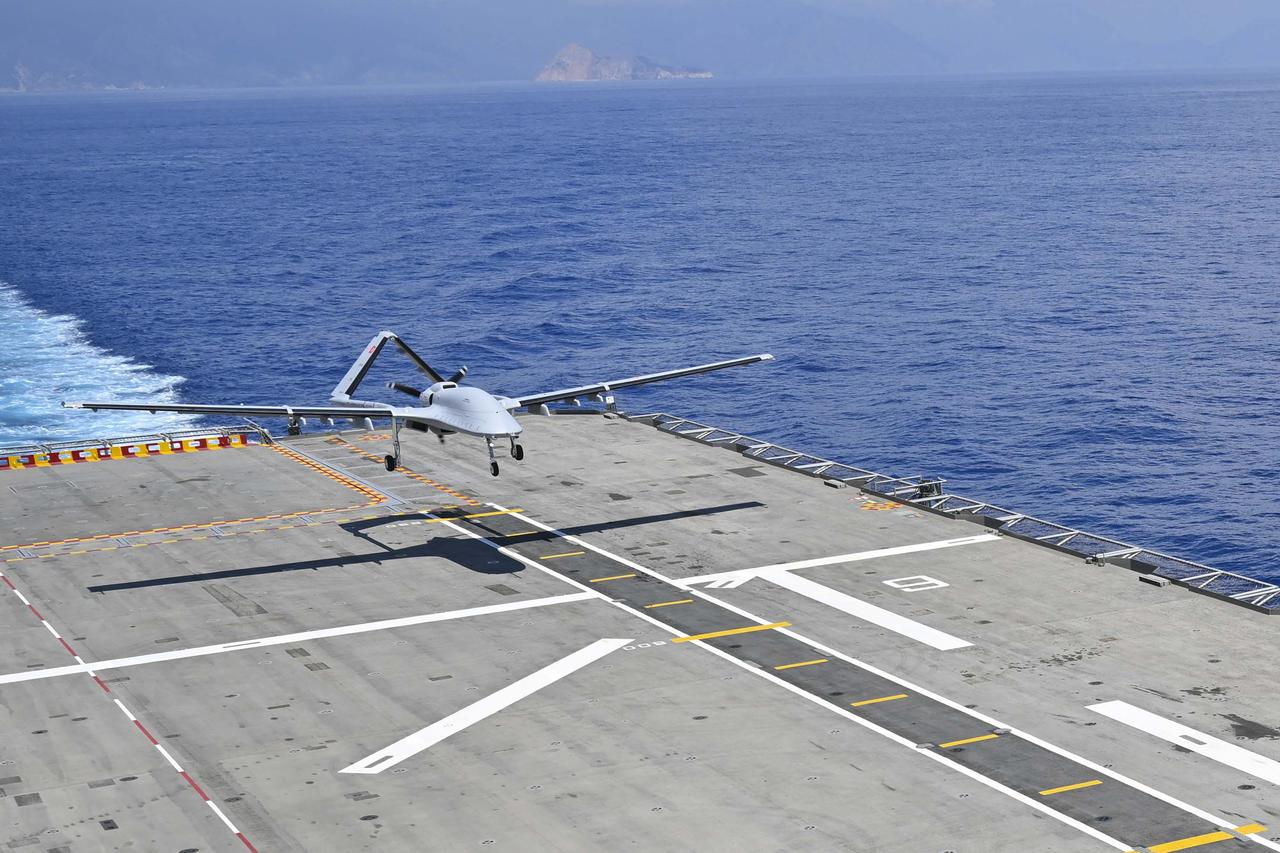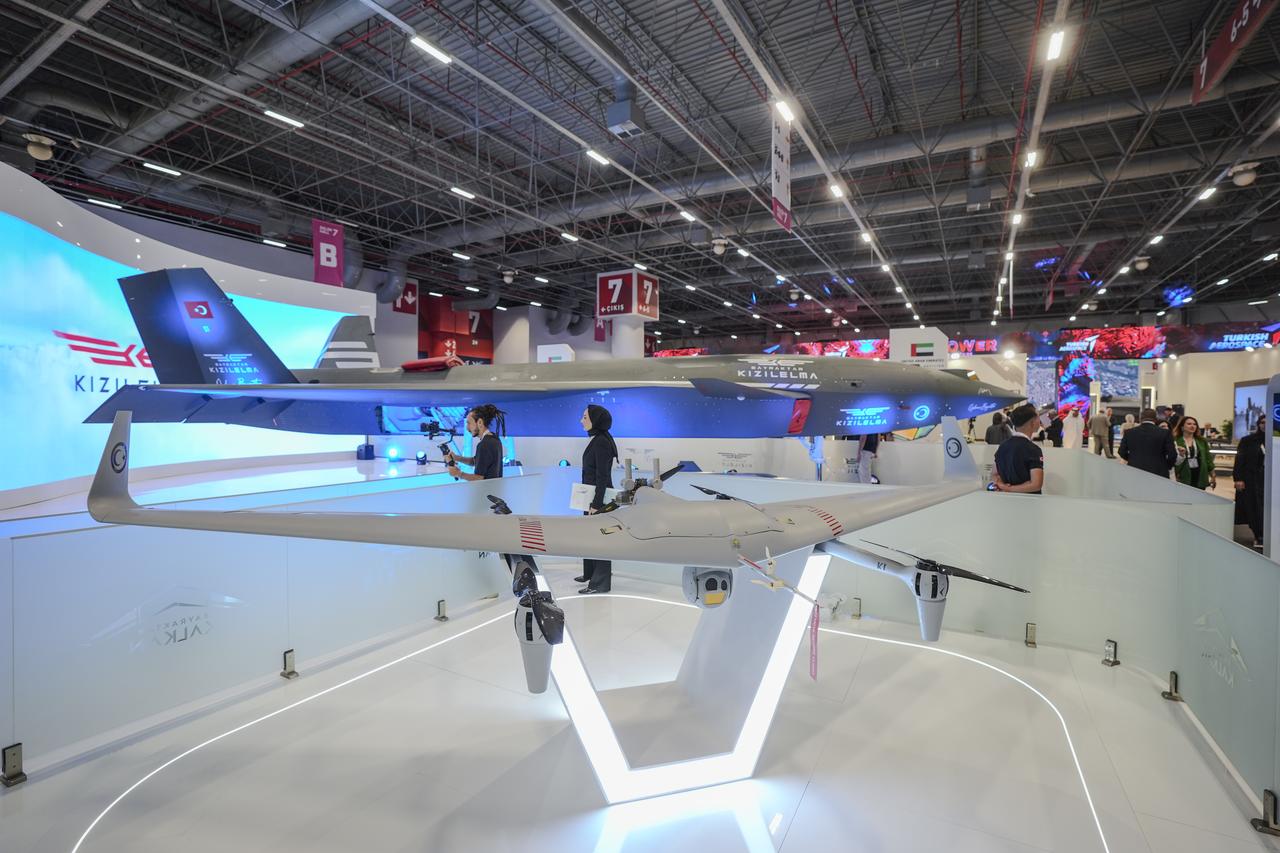
Baykar Chairman Selcuk Bayraktar announced Friday that the company's Kizilelma unmanned combat aircraft also known as "Fighter UAV" has entered serial production, with the sixth prototype currently on the production line and delivery to the Turkish Armed Forces (TAF) inventory planned for next year.
Speaking on Turkish media outlet CNN TURK late Friday, Bayraktar revealed that the advanced unmanned aircraft represents a significant milestone for Türkiye's defense industry, with all components manufactured domestically.

"Kizilelma has entered serial production," Bayraktar stated. "It's a complex aircraft, everything is made in Türkiye."
The Baykar chairman emphasized Türkiye's transformation in aerospace capabilities, noting the country's rise to global leadership in unmanned aerial vehicle (UAV) technology.
"When I was young, Türkiye hadn't designed even a single aircraft. Now we are the first country in the world to achieve UAV serial production. We own 65 percent of the global market, with 60 percent belonging to Baykar. The whole world asks us 'how did you do it?' It happened through great faith, determination, effort and principle," Bayraktar said.
Bayraktar confirmed that production is ongoing with continuous improvements being made to the platform.
"Right now the 6th Kizilelma is on the production line. We are continuously producing while also developing it. It's a complex aircraft. Everything is made in Türkiye," he explained.

Bayraktar also highlighted achievements with the Bayraktar TB3, which he described as the world's first aircraft capable of short runway takeoff and landing operations.
"Kizilelma is the first unmanned aircraft to enter serial production, and Bayraktar TB3 became the first aircraft in the world to take off and land from short runways. We did it before the USA and Israel, there was a race there too," Bayraktar noted.

Addressing Türkiye's strategic goals for domestic engine production, Bayraktar detailed ongoing efforts to develop jet engines for various platforms including the national combat aircraft.
"Of course we have such a project already. We weren't making jet engines but we've crossed an important threshold in this area. We are now developing our own engine," Bayraktar said.
He acknowledged that while TUSAS Engine Industries (TEI) current engine is used in platforms like Akinci, more advanced variants are needed.
"This engine remains insufficient for more advanced variants. We are currently developing our own engine for Akinci and Kizilelma. These engines will be more powerful and more sophisticated systems," he explained.
Bayraktar emphasized that while engine development is important, Baykar's core expertise lies in software and advanced autonomy systems.
"Engine technology dates back to the 1940s, 50s. The engine used in Akinci today has technology from the 1970s. We're making more advanced ones of course, but for us the real added value is in flight computers, electro-optical systems and radar technologies," he said.
"For example, the radar developed by Aselsan or the electro-optical systems we develop carry value far beyond the engine. If the flight computer doesn't belong to you, you can't even command the aircraft," Bayraktar noted.

Bayraktar stressed that the future of aviation lies not in traditional combat aircraft but in swarms of unmanned aerial vehicles operating in coordination.
"The world's first war won with UAVs was won by Turkish armies. A new era opened in Karabakh. Previously, UAVs were only used for reconnaissance. But the Turkish army transformed them into combat vehicles," he stated.
Responding to questions about Türkiye's need for platforms like F-35s and Eurofighters, Bayraktar argued that pursuing such systems would leave the country technologically behind.
"Smart, robotic drones flying in fleets or swarms are the future of aviation. If we're going to have a major claim in this field, we must maintain our leadership. If we follow others, it will never be possible to catch up," he said.
Bayraktar revealed that Kizilelma can be produced at significantly lower costs compared to manned combat aircraft.
"Compared to a manned combat aircraft, it's 5 to 10 times cheaper, even 20-30 times in some cases," Bayraktar said.
He explained that the absence of a pilot brings numerous advantages including easier acceptance of operational risks and no need for expensive safety systems in the production process.
"If you compare it with such an example, Kizilelma can be even 20 times, even 30 times cheaper," he concluded, referring to the varying costs of F-16s in international markets.